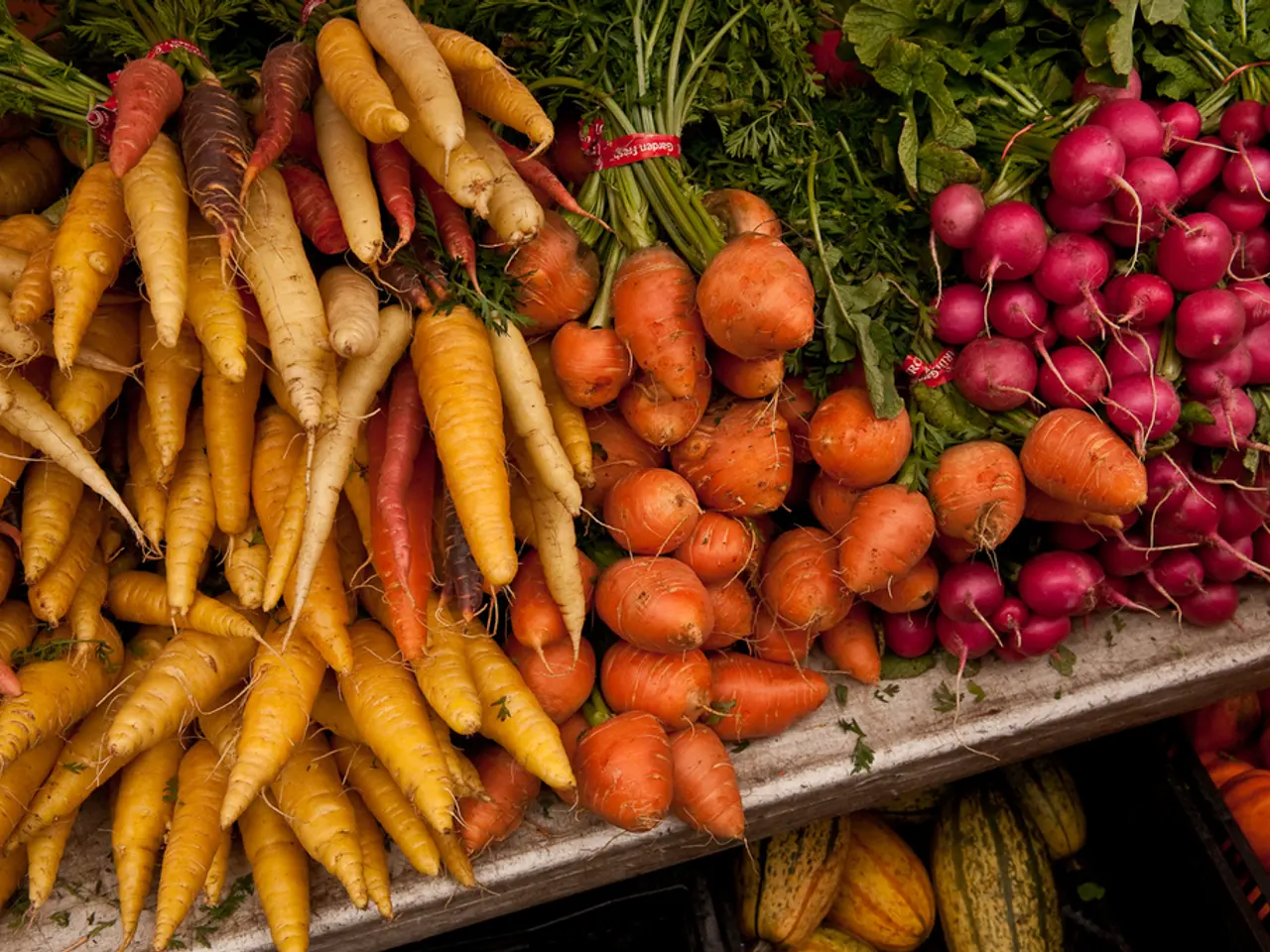Permaculture's Companion Planting Explained: A Guide for Novices
In the world of sustainable gardening, companion planting has emerged as a popular and effective method. This practice involves growing different crops together to improve pest control, pollination, and space utilization.
Companion planting offers numerous advantages for gardeners. It can significantly enhance soil health, control pests, and aid in pollination. By carefully selecting which plants to grow together, gardeners can create healthy and strong ecosystems that yield an abundance of food.
One of the key benefits of companion planting is its ability to attract and support pollinators. By planting bright-colored, nectar-rich flowers and shrubs, such as bee balm, dill, lavender, and nasturtiums, gardens can become havens for bees, butterflies, and hummingbirds.
Moreover, some plants act as natural pest repellents or barriers, keeping harmful insects away from other plants. For instance, basil, when grown alongside tomatoes, is known to deter certain pests that can harm tomato plants.
The Square Foot Gardening method is another popular approach that divides the garden into small squares, each with a specific number of plants. This method leads to increased yields and uses less water and care than traditional gardening methods, making it a practical choice for many gardeners.
Permaculture, a system of design that aims to create gardens that are sustainable and balanced, heavily relies on companion planting. By using polyculture and working with nature, permaculture gardens can provide food, improve soil, fight pests, and attract pollinators.
When designing a companion planting strategy, a trial-and-error approach is recommended. Gardeners should consider plant compatibility, spatial arrangement, succession planting, and crop rotation to ensure the best results.
For example, carrots do well with peas, radishes, lettuce, chives, sage, onions, and leeks, while basil, beans, and cabbages have beneficial relationships when grown together. The "Three Sisters" gardening method, which uses corn (maize), beans, and squash, is another example of a successful companion planting strategy. Corn provides a structure for beans to climb, beans fix nitrogen in the soil improving its fertility and health, and squash spreads along the ground, suppressing weeds and retaining soil moisture.
Companion planting is not just a tool for traditional gardening but also a key method in ecological farming and sustainable gardening. In permaculture, companion planting is a key method for creating sustainable, self-sustaining systems.
In conclusion, companion planting offers numerous benefits for gardeners, from improving soil health and controlling pests to attracting pollinators and maximizing garden space. By carefully selecting which plants to grow together, gardeners can create healthy, productive, and beautiful gardens.
Read also:
- visionary women of WearCheck spearheading technological advancements and catalyzing transformations
- Recognition of Exceptional Patient Care: Top Staff Honored by Medical Center Board
- A continuous command instructing an entity to halts all actions, repeated numerous times.
- Oxidative Stress in Sperm Abnormalities: Impact of Reactive Oxygen Species (ROS) on Sperm Harm








